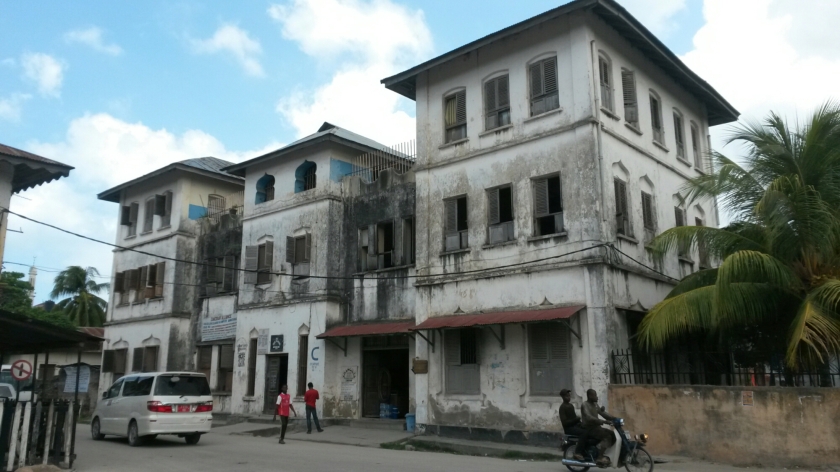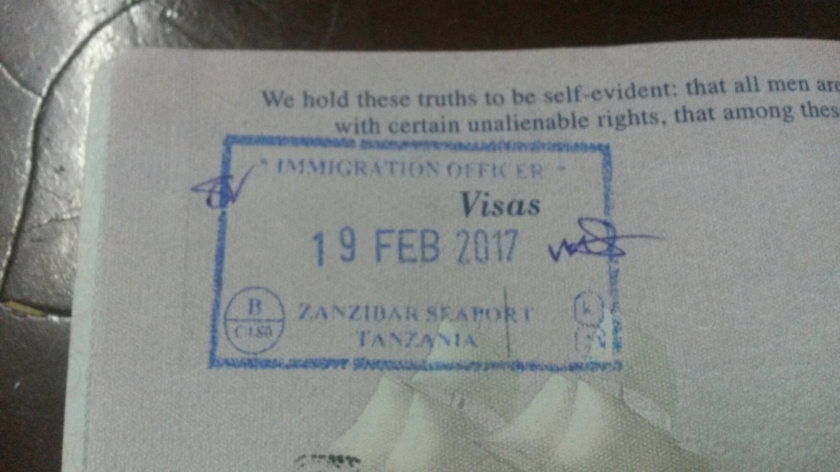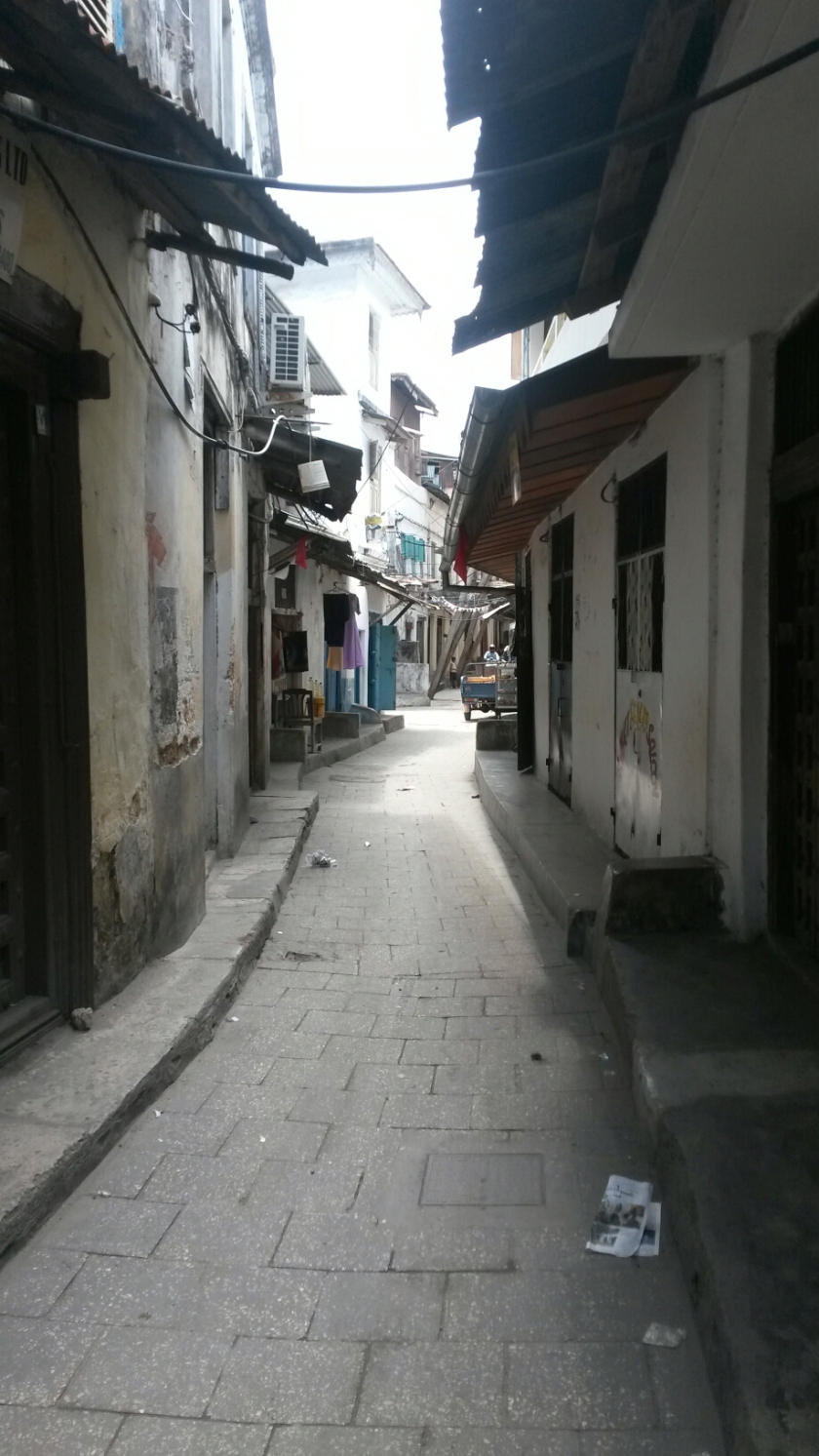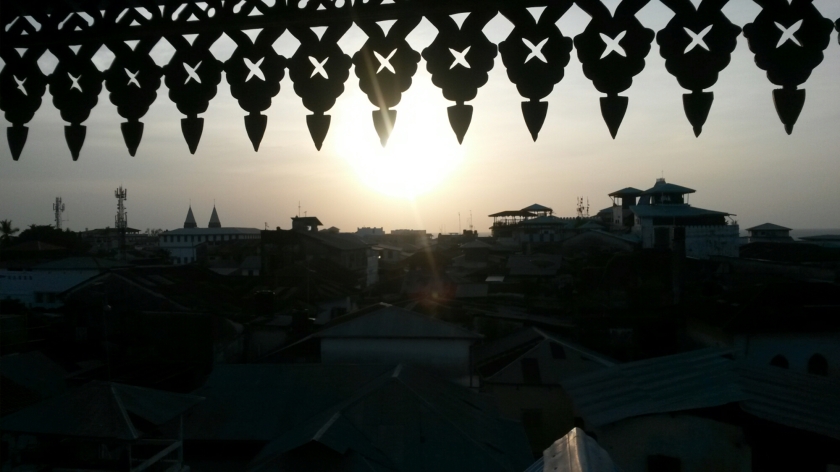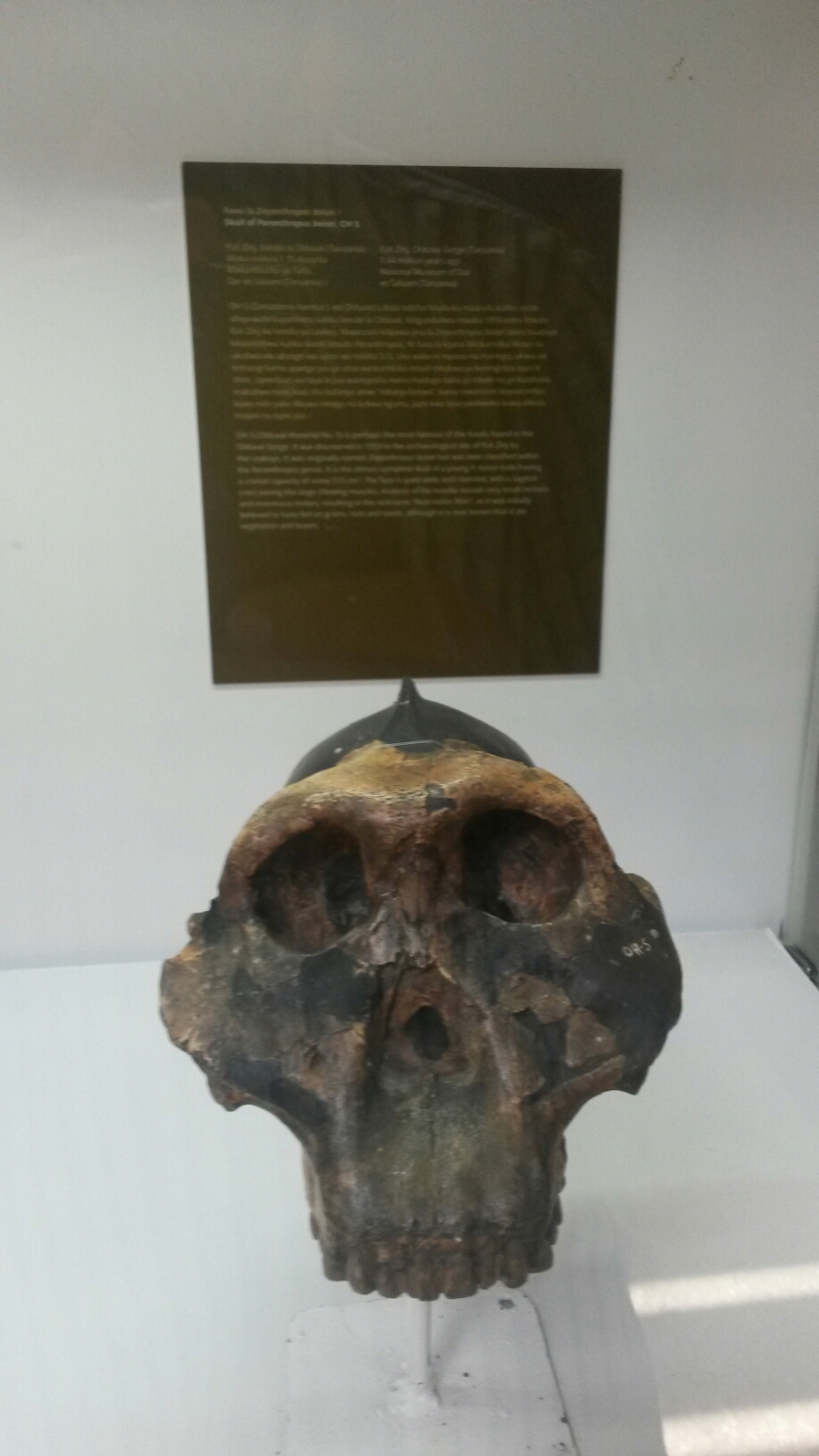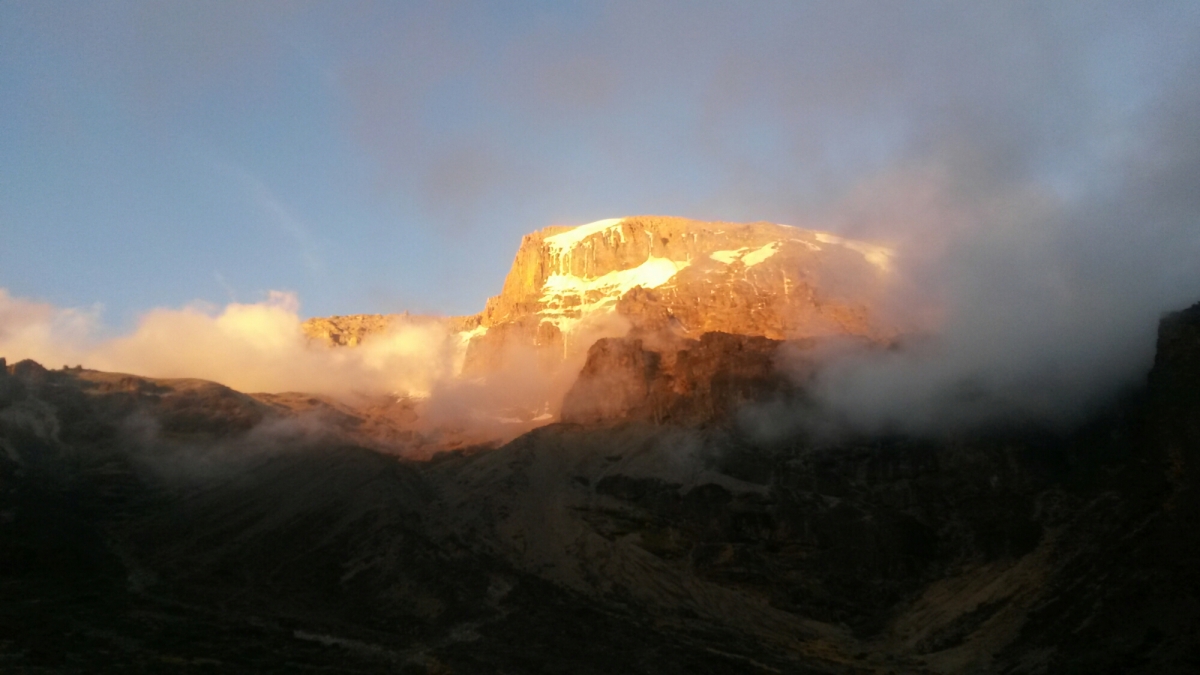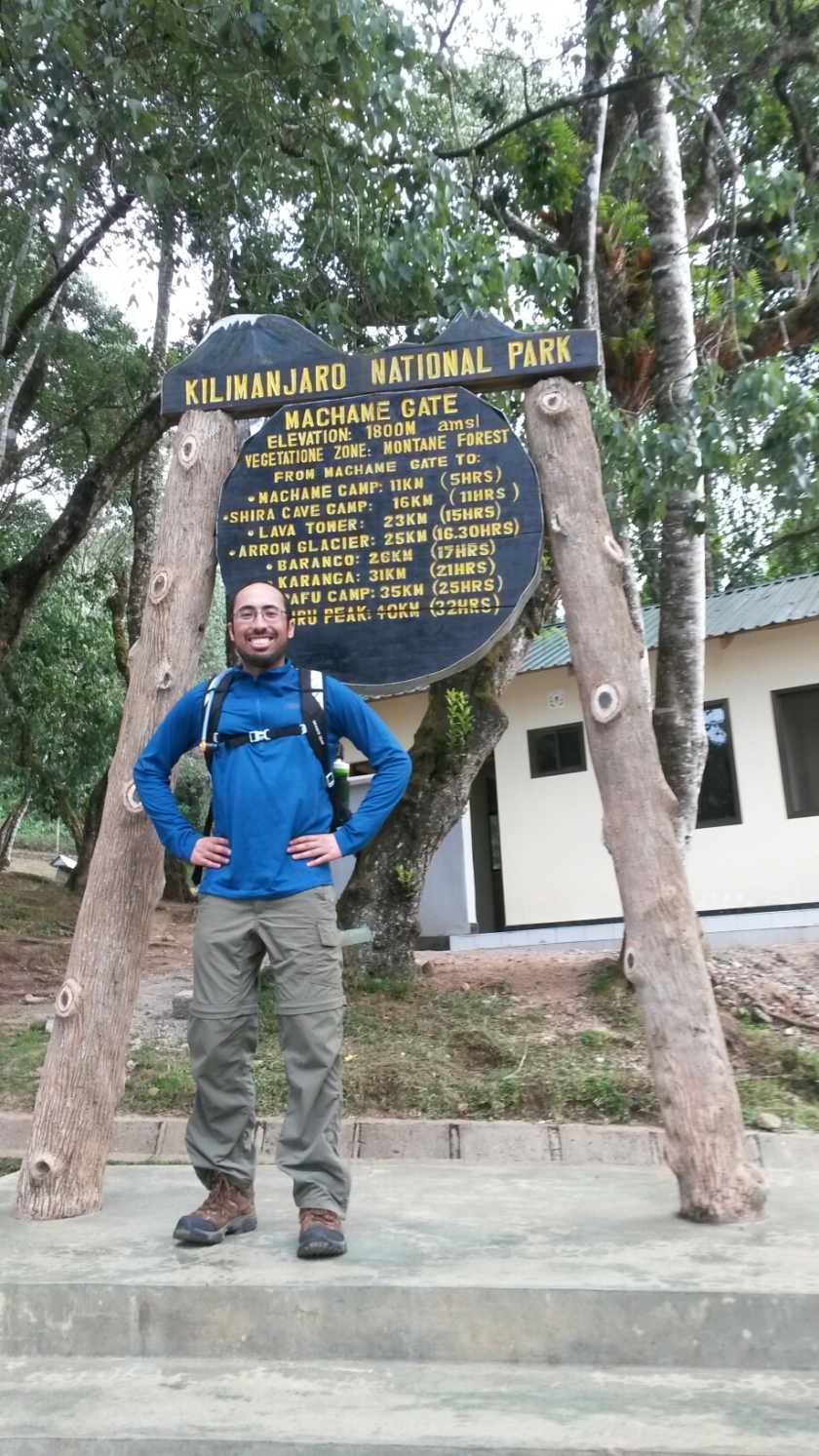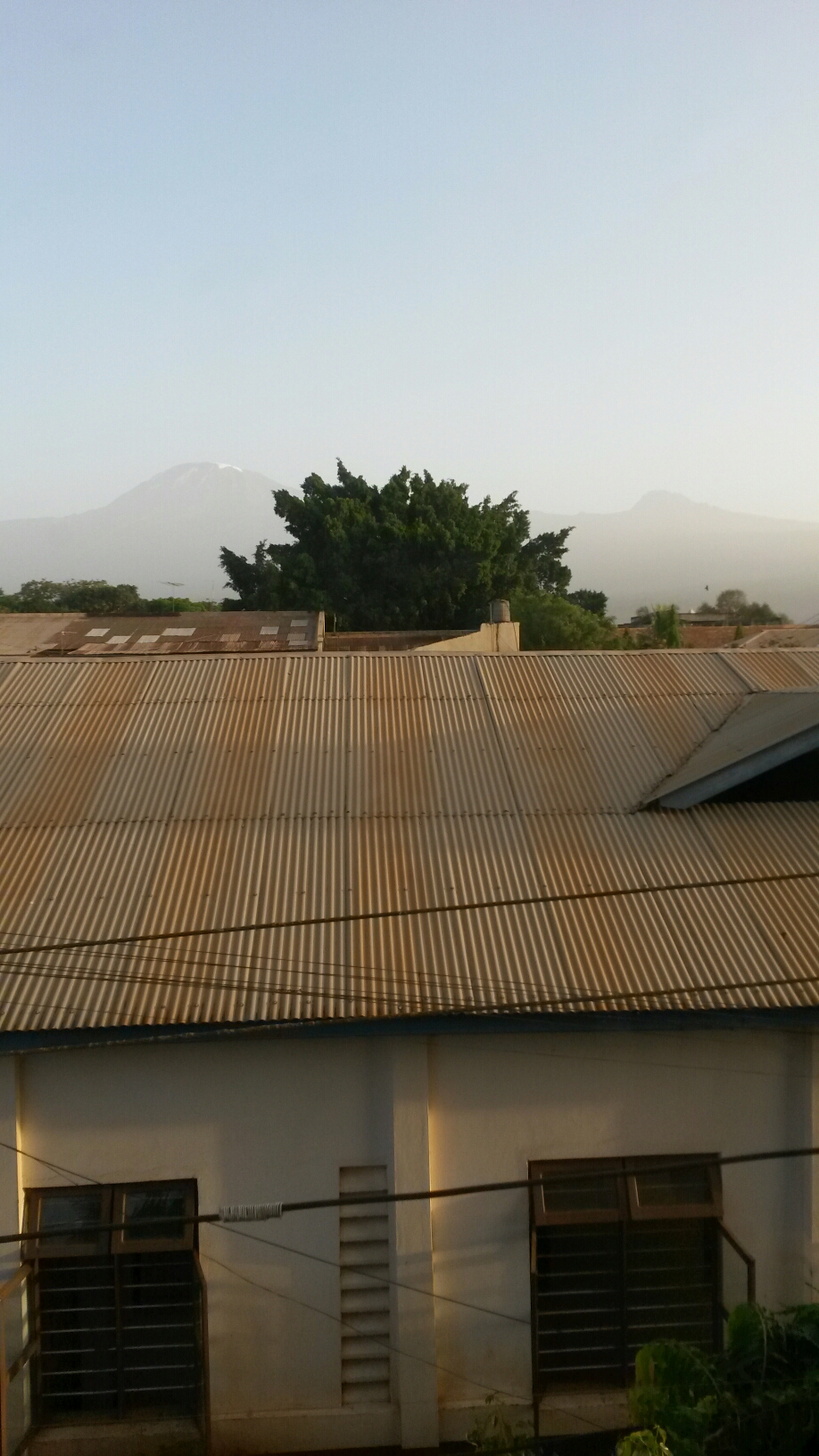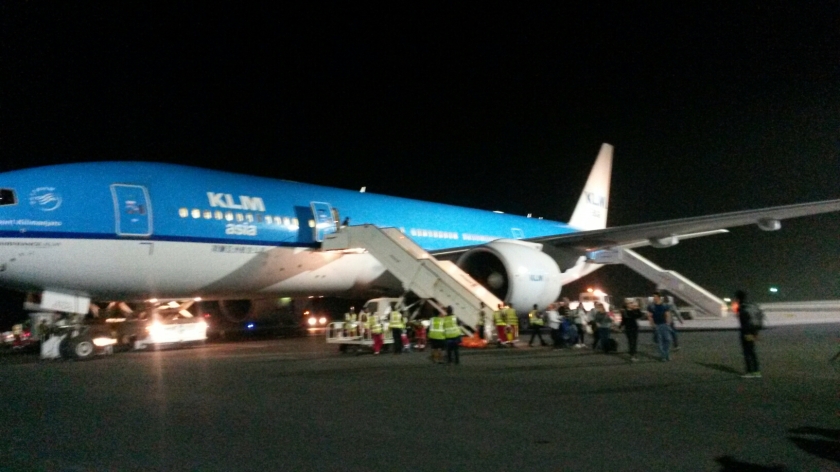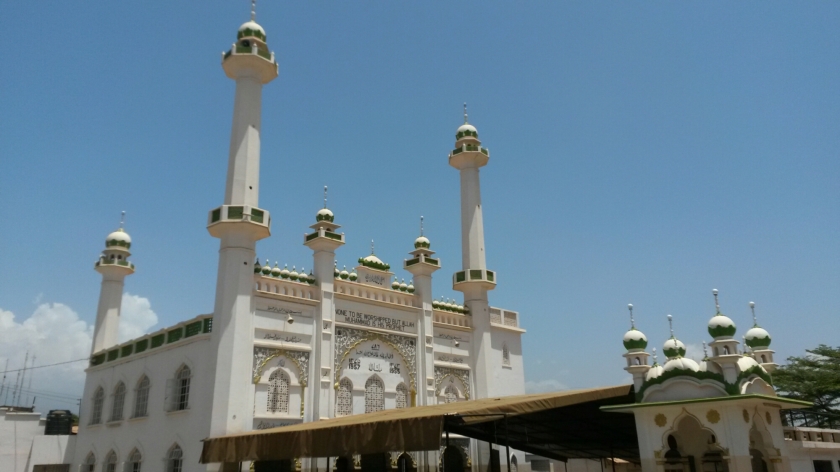
It seems one cannot come to East Africa without visiting at least one of the spectacular national parks scattered throughout the region. Serengeti, Masai Mara, Murchison Falls: all famous names and all unique in their own way. From Zanzibar Meredith and I decided to travel to northern Tanzania and join a budget safari to Serengeti, Ngorongoro Crater, and Tarangire National Parks (Ngorongoro is technically a conservation area, which means the Maasai people are allowed to live and graze livestock there). We would have loved to travel overland, but as the bus schedule was not amenable and time was limited we caught a quick flight to the city of Arusha.

After an evening meal of beef pili pili (a sort of spicy sauce), pizza, and local apple beer (which tasted neither like apple nor beer), an early morning drive past Mt. Meru took us to the Sunbright Camp where we met our friendly guide, Ziggy, and unsmiling cool, Ali. We were joined by three other travelers, from Italy, Germany, and one guy from Kentucky who provided plenty of color commentary throughout the trip. We rode along a paved highway until we reached the entrance to Ngorongoro, where the road turned to dirt and we began the upward climb through green forested hills to the rim of the crater.
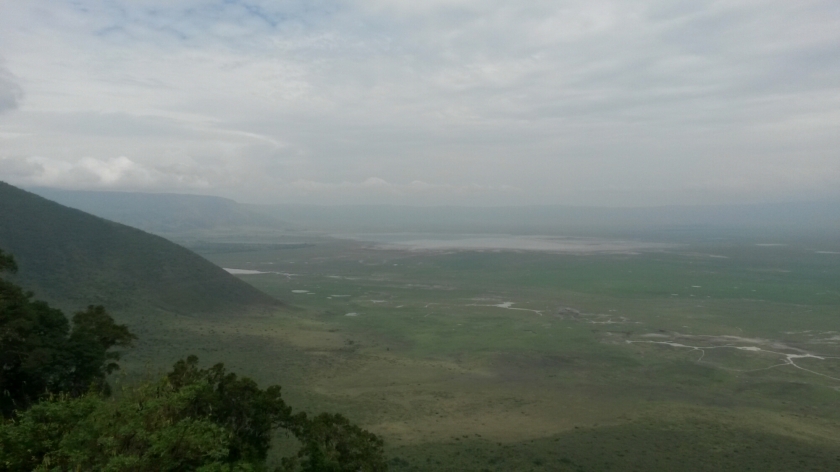
A long descent through the Crater Highlands followed, with Maasai villages and herds of cattle mixing with the occasional zebra and giraffe. But the real show started when we hit the expansive Serengeti plain and the hundreds if not thousands of zebra, wildebeest, and gazelle that make the southern Serengeti their home this time of year. We also caught sight of a few ostriches, several hyenas, and even a full pride of lions (with cubs play-fighting and all), among many other species. It is hard to imagine the sheer numbers of wildlife that make this place so special. The only analogue I could think of in the US would be Yellowstone, but even that doesn’t truly compare. The sight of a secretary bird searching for snakes in the grass or a lone cheetah stalking through the plains is inspiring, and gives one a sense of raw life that is sometimes hard to find in the urban jungle.

We camped in the middle of the Serengeti Plain (with hyenas and storks wandering among the tents) and then at the rim of Ngorongoro Crater, created by a massive volcanic eruption millions of years ago. The steep hillsides encourage many of the animals to stay within the crater, and the lush vegetation made it an interesting contrast to the dryness of the Serengeti. Troops of baboons climbing the acacia trees, elephants tromping in the distance, and even critically endangered black rhinos grazing peacefully on the green grass gave us a sense of wonderment and awe, and even Ali smiled (a little bit) when he saw how amazed we all were with the experience.
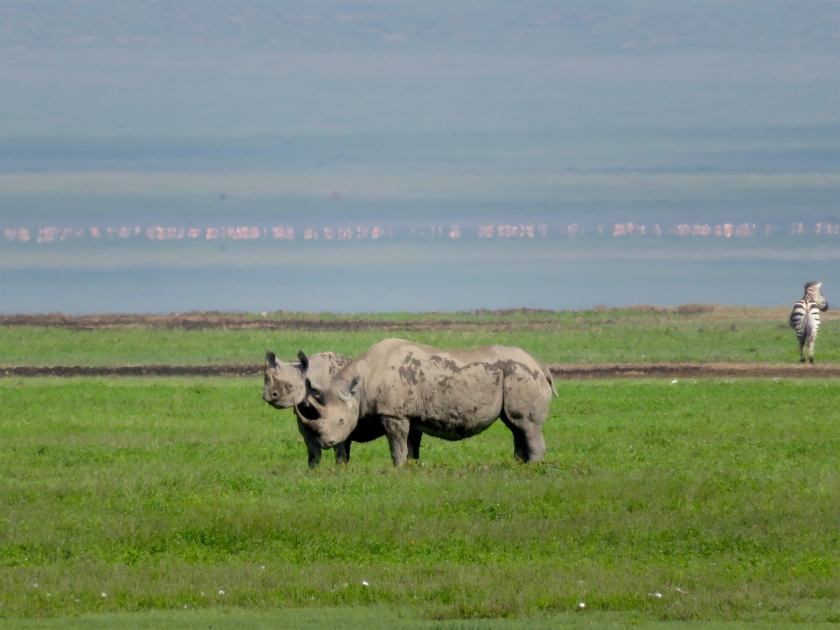
Our last stop was Tarangire (named for the Tarangire River that flows through the park), with a new guide named Estommy and new travel companions from Minnesota. Tarangire hosts one of the largest concentrations of African elephants in the world, and we stood spellbound watching the massive creatures pull down branches of leaves with their trunks and amble through the sparse brush (I also couldn’t help but think of Sam’s comment from The Two Towers: “It’s an oliphant, Frodo! No one at home is going to believe this”). By the end of the four-day journey I think we were both exhausted and overwhelmed, and ready for a break. But the adventure doesn’t end here, for the next day we would enter an entirely new country: Kenya.

Bonus photos!




